Hollywood has a peculiar relationship with dinosaurs. While these ancient creatures captivate our imagination like nothing else, the silver screen has transformed them into something almost unrecognizable from their scientific reality. For decades, moviegoers have been fed a steady diet of roaring, scaly monsters that bear little resemblance to the fascinating animals that actually walked the Earth millions of years ago. From the classic “Jurassic Park” to countless B-movies, cinema has created an alternate dinosaur universe where scientific accuracy takes a back seat to spectacle and drama.
The Great Roaring Deception
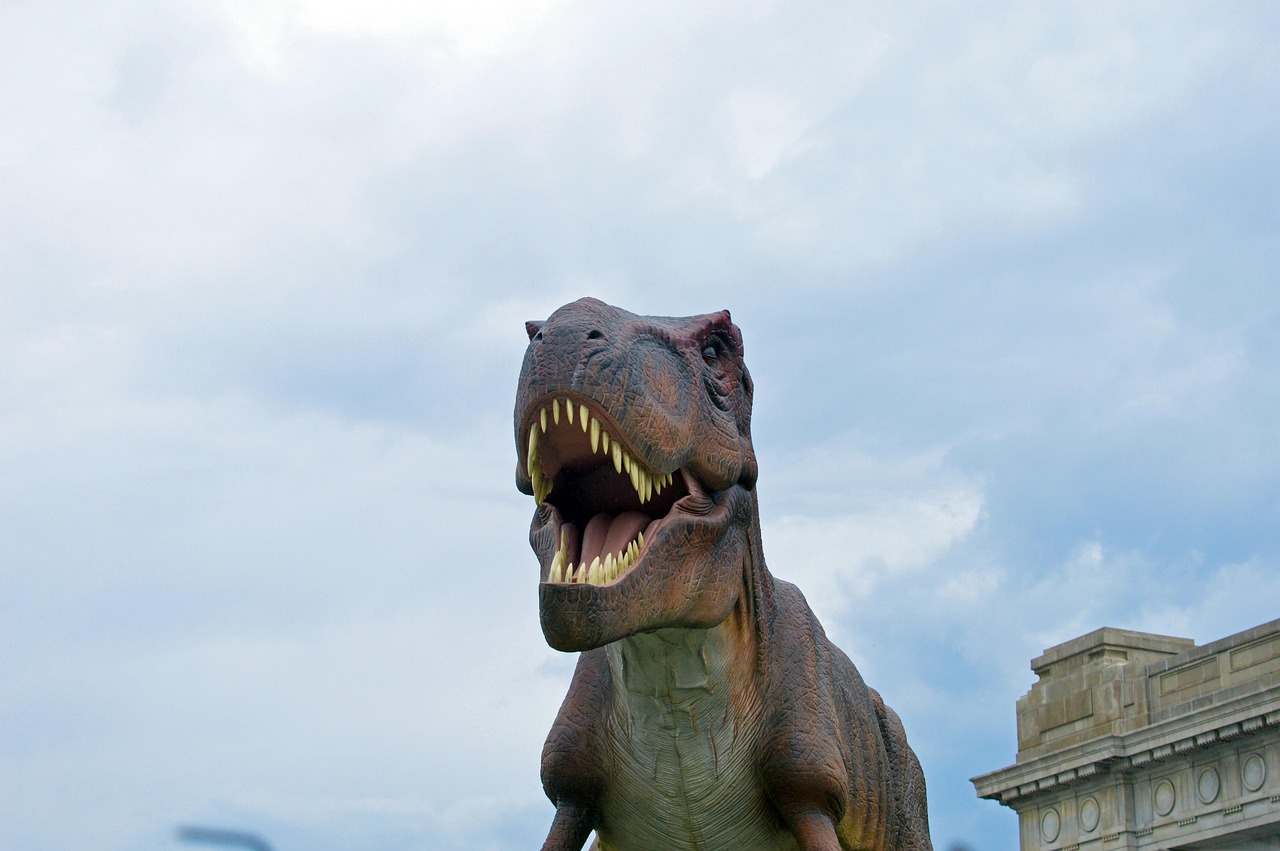
If you’ve ever watched a dinosaur movie, you’ve heard them roar with earth-shaking intensity. These thunderous bellows have become synonymous with prehistoric power, but here’s the shocking truth: dinosaurs likely never roared at all. Modern paleontologists studying fossilized vocal structures suggest that dinosaurs probably made sounds more similar to birds than lions.
The closest living relatives to dinosaurs are birds, not reptiles as many assume. Birds communicate through chirps, tweets, and complex vocalizations that require specialized syrinx organs. Evidence suggests that many dinosaurs possessed similar vocal capabilities, meaning a T-Rex encounter might have sounded more like an enormous turkey than a fearsome predator.
Some larger dinosaurs might have produced low-frequency rumbles similar to elephants or crocodiles, but the Hollywood roar simply didn’t exist. This myth has become so ingrained in popular culture that it’s almost impossible to imagine dinosaurs without their signature sound effects.
Scaly Skin Was Actually Feathered Fashion
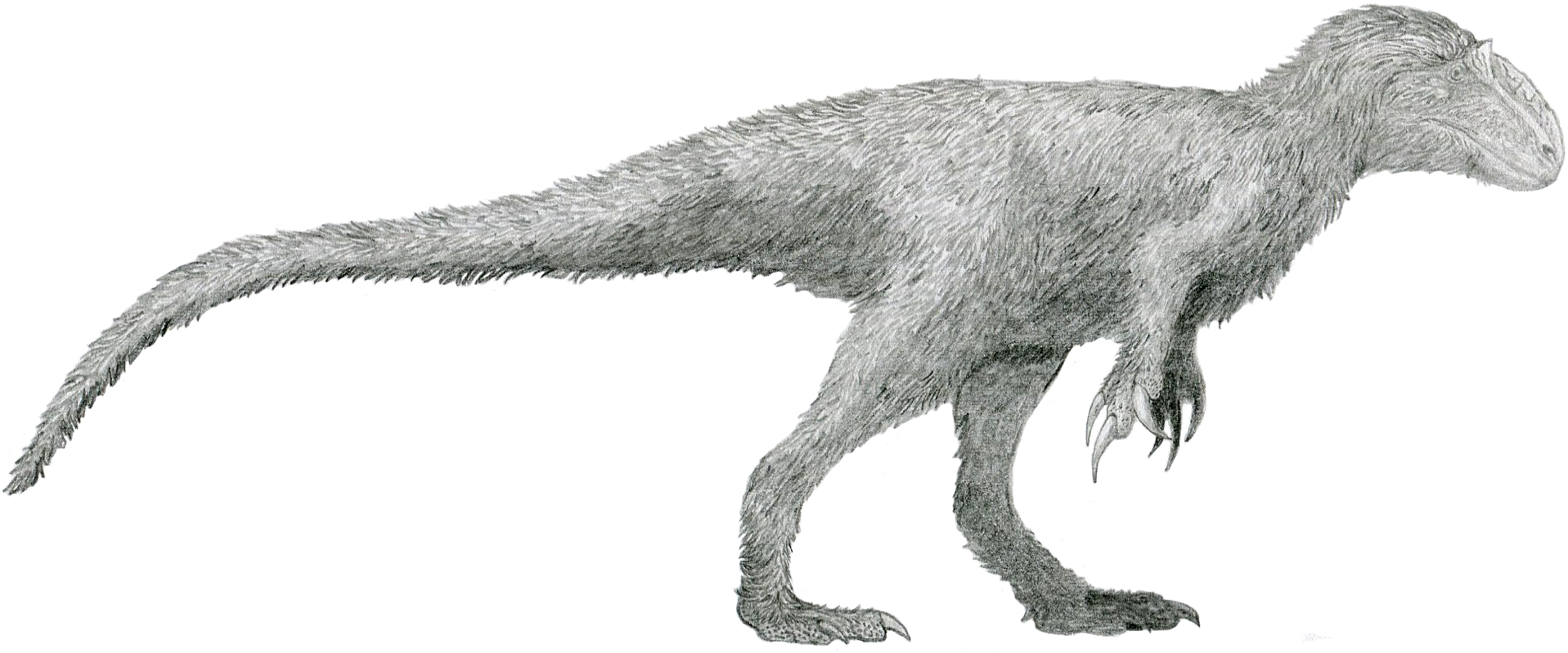
Movies consistently portray dinosaurs as scaly, reptilian creatures with rough, lizard-like skin. This depiction couldn’t be further from the truth for many species. Recent fossil discoveries have revolutionized our understanding of dinosaur appearance, revealing that feathers were far more common than previously imagined.
Many theropod dinosaurs, including some of the most famous predators, sported colorful plumage that would make a peacock jealous. Fossils have preserved actual feather impressions, showing intricate patterns and even color variations through melanin analysis. These weren’t primitive fuzz either – some dinosaurs had fully developed flight feathers despite being flightless.
The feathered reality extends beyond just small dinosaurs. Even massive creatures like Yutyrannus, a relative of T-Rex weighing over a ton, had fuzzy coverings for insulation. This discovery completely shattered the Hollywood image of naked, scaly giants stomping through prehistoric landscapes.
Dragging Tails Were Actually Balanced Weapons
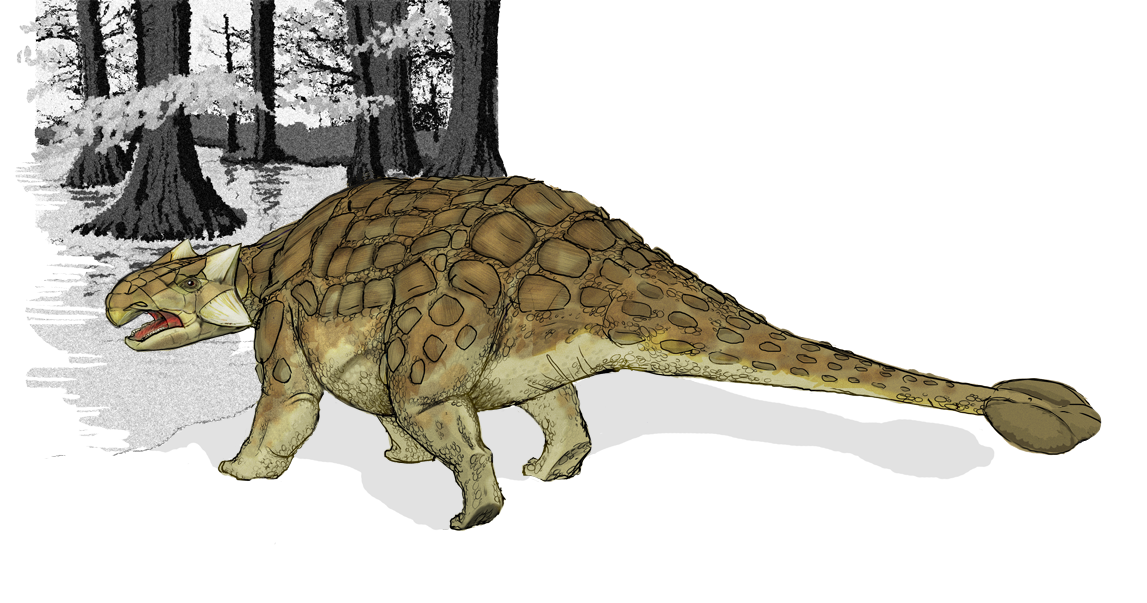
Classic dinosaur movies love showing these ancient giants dragging their tails behind them like massive, useless appendages. This portrayal stems from early paleontological reconstructions that misunderstood dinosaur posture and movement. The truth is far more dynamic and impressive than Hollywood ever imagined.
Dinosaur tails were sophisticated balancing systems, held horizontally and used for agility, communication, and in some cases, devastating weapons. Long-necked sauropods used their tails as counterweights to their massive heads, while predators like Allosaurus employed theirs for quick directional changes during high-speed chases.
Some dinosaurs wielded their tails as literal clubs and whips. Ankylosaurus possessed a bony tail club that could deliver bone-crushing blows, while Diplodocus could crack its tail like a whip, potentially creating sonic booms. These weren’t sluggish, tail-dragging monsters but athletic creatures with remarkable balance and coordination.
The Speed Demon Reality Behind Sluggish Movie Monsters
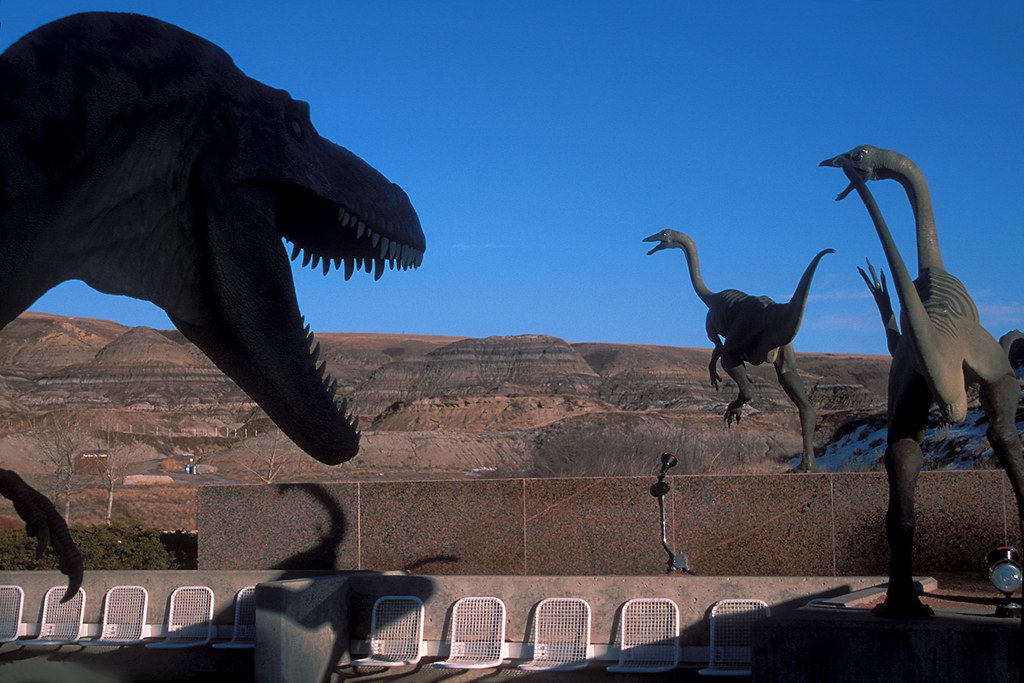
Hollywood dinosaurs often lumber around like oversized, clumsy reptiles, moving with the grace of a freight train. This depiction reinforces the outdated view of dinosaurs as slow, cold-blooded creatures struggling with their own massive size. Modern science paints a radically different picture of dinosaur athleticism.
Many dinosaurs were incredibly fast and agile, with some smaller species capable of reaching speeds that would impress modern athletes. Ornithomimus could sprint at nearly 40 miles per hour, while even large predators like T-Rex likely moved with surprising grace and speed for their size.
The key lies in understanding that dinosaurs were warm-blooded, active animals with efficient metabolisms. Their bone structures reveal adaptations for rapid movement, quick direction changes, and sustained activity. Rather than the plodding giants of cinema, real dinosaurs were dynamic, energetic creatures that dominated their environments through speed and agility.
Dinosaurs Never Actually Fought King Kong
![Dinosaurs Never Actually Fought King Kong (image credits: [1], Public domain, https://commons.wikimedia.org/w/index.php?curid=38672518)](https://dino-world.com/wp-content/uploads/2025/07/1752367763635_King_Kong_vs_Tyrannosaurus.jpg)
Movies love pitting dinosaurs against each other in epic battles that seem to last forever, with creatures fighting to the death over territory or prey. While dinosaurs certainly had conflicts, the Hollywood version of constant warfare is a dramatic exaggeration that misrepresents their actual behavior patterns.
Most dinosaur interactions were likely brief and purposeful, much like modern animals. Predators targeted the young, old, or sick rather than engaging in prolonged battles with healthy adults. Even the most fearsome carnivores preferred easy meals over risky confrontations that could result in injury or death.
Many dinosaurs were actually social creatures that lived in herds or family groups, cooperating rather than constantly fighting. Evidence suggests that some species engaged in complex social behaviors, including parental care, group hunting, and even play. The reality was far more nuanced than the endless combat scenarios Hollywood presents.
The Swamp Dweller Myth That Refuses to Die
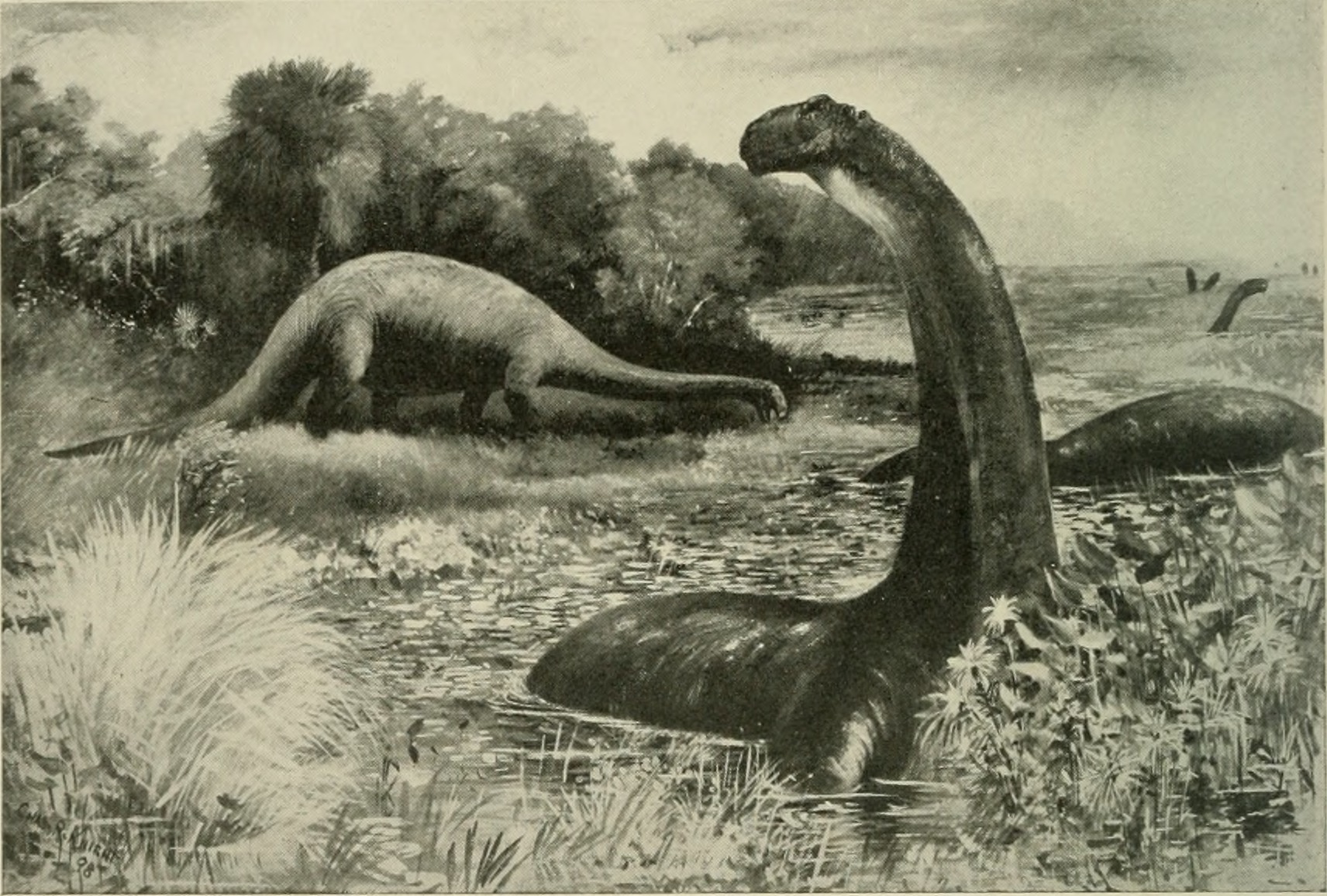
Classic dinosaur films often show massive sauropods like Brontosaurus wallowing in swamps and lakes, using water to support their enormous weight. This myth persisted for decades, suggesting that these giants were too heavy to support themselves on land and needed aquatic environments to survive.
Scientific analysis has completely debunked this swamp-dwelling theory. Sauropod bone structure reveals adaptations for terrestrial life, including powerful leg muscles and efficient weight distribution systems. These creatures were built for walking across varied landscapes, not lounging in prehistoric spas.
The confusion arose from early fossil discoveries in sedimentary rocks that formed in ancient lake beds. Paleontologists initially assumed dinosaurs lived where they died, but we now understand that rivers and lakes were simply good preservation environments. Real sauropods were land-dwelling nomads that traveled vast distances in search of vegetation.
Velociraptor Was Actually Turkey-Sized
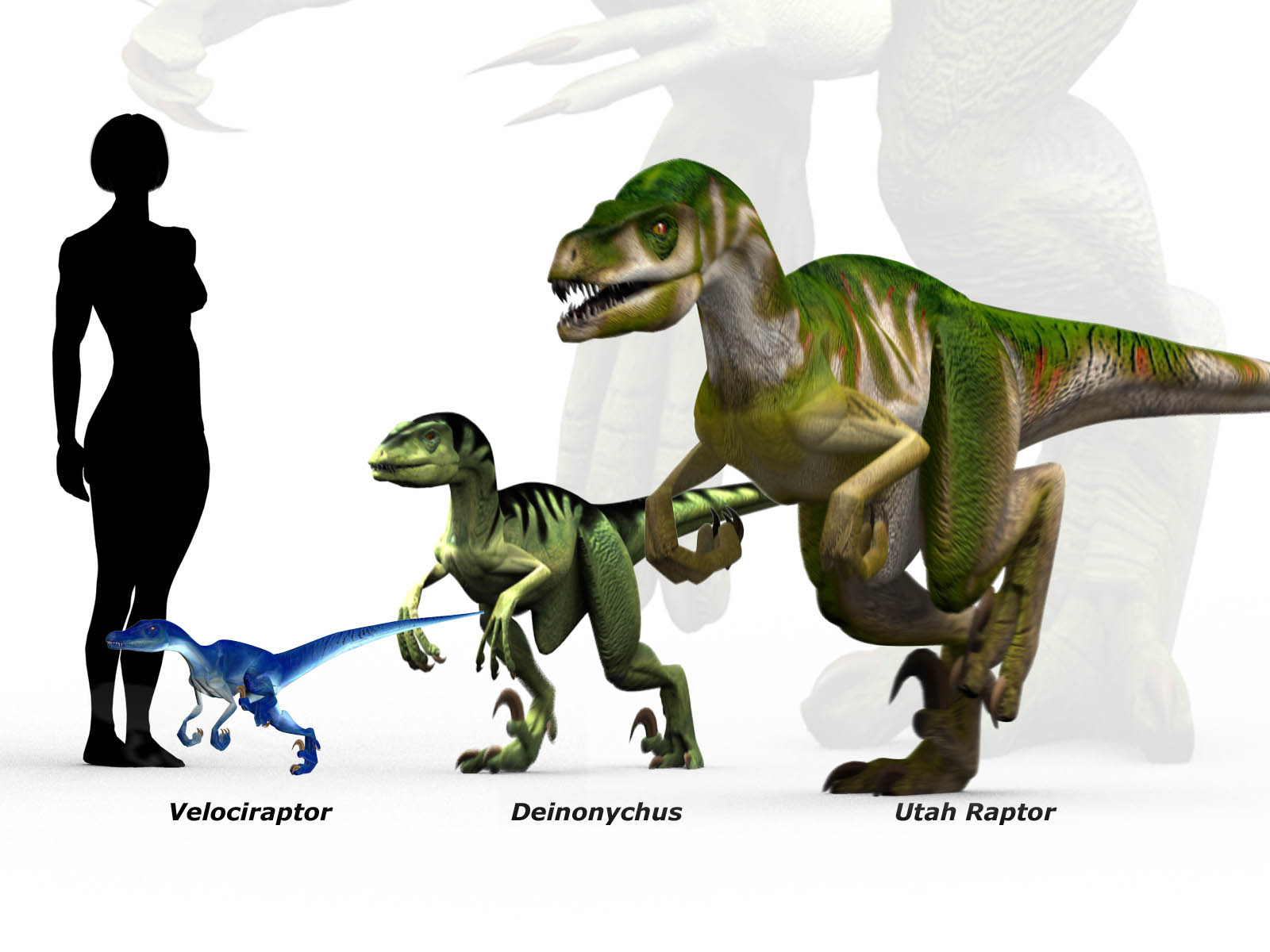
Thanks to “Jurassic Park,” Velociraptor has become synonymous with human-sized, pack-hunting nightmares that could open doors and stalk prey with terrifying intelligence. This portrayal created one of the most persistent dinosaur myths in popular culture, but the reality is surprisingly different.
Real Velociraptors were about the size of large turkeys, weighing roughly 30 pounds and standing less than two feet tall. While they were certainly formidable predators for their size, they posed no threat to humans and couldn’t have opened doors even if they wanted to. Their intelligence, while impressive for reptiles, was likely comparable to modern birds.
The movie version was actually based on Deinonychus, a larger and more robust relative that inspired the fictional portrayal. Even then, scientific liberties were taken to create a more cinematically threatening creature. The real Velociraptor was a feathered, bird-like hunter that probably looked more like a deadly chicken than a movie monster.
Dinosaurs and Humans Never Shared Happy Hour
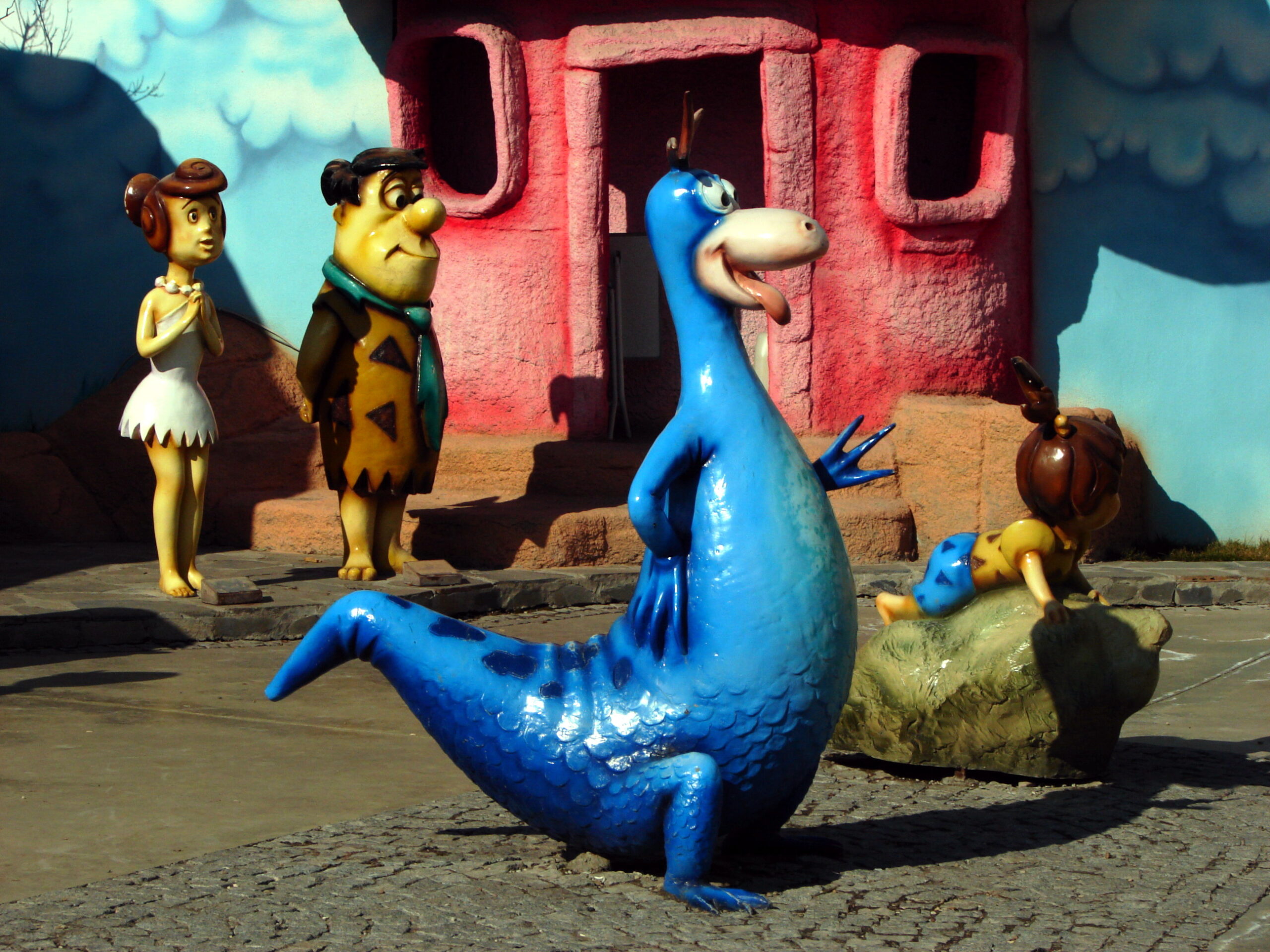
Some movies and TV shows have depicted humans and dinosaurs coexisting, whether in serious survival scenarios or comedic situations like “The Flintstones.” This concept has become so embedded in popular culture that many people believe our species might have overlapped with these ancient creatures.
The timeline makes this impossible. Non-avian dinosaurs went extinct approximately 66 million years ago, while the earliest human ancestors appeared only about 6-7 million years ago. This massive gap means that no human ever saw a living dinosaur, and no dinosaur ever encountered a human ancestor.
The closest humans ever came to dinosaurs was through their bird descendants, which are technically dinosaurs themselves. When you watch a sparrow or eagle, you’re observing a living dinosaur lineage that survived the mass extinction event. This connection is far more fascinating than any fictional human-dinosaur interaction Hollywood could create.
The Cold-Blooded Myth That Chilled Science
For decades, movies portrayed dinosaurs as sluggish, cold-blooded reptiles that basked in the sun like giant lizards. This depiction influenced public perception and even scientific thinking for years, creating an image of dinosaurs as primitive, slow-moving creatures dependent on external heat sources.
Modern evidence strongly suggests that dinosaurs were warm-blooded, active animals with high metabolic rates. Their bone structures show growth patterns consistent with warm-blooded metabolism, and their predator-prey ratios match those of modern mammals rather than reptiles. This means dinosaurs were energetic, constantly active creatures.
The warm-blooded reality explains how dinosaurs could thrive in various climates and maintain active lifestyles. They weren’t at the mercy of temperature fluctuations but could regulate their own body heat through metabolism. This fundamental misunderstanding colored every aspect of how movies portrayed dinosaur behavior and capabilities.
Extinction Happened Faster Than a Movie Script
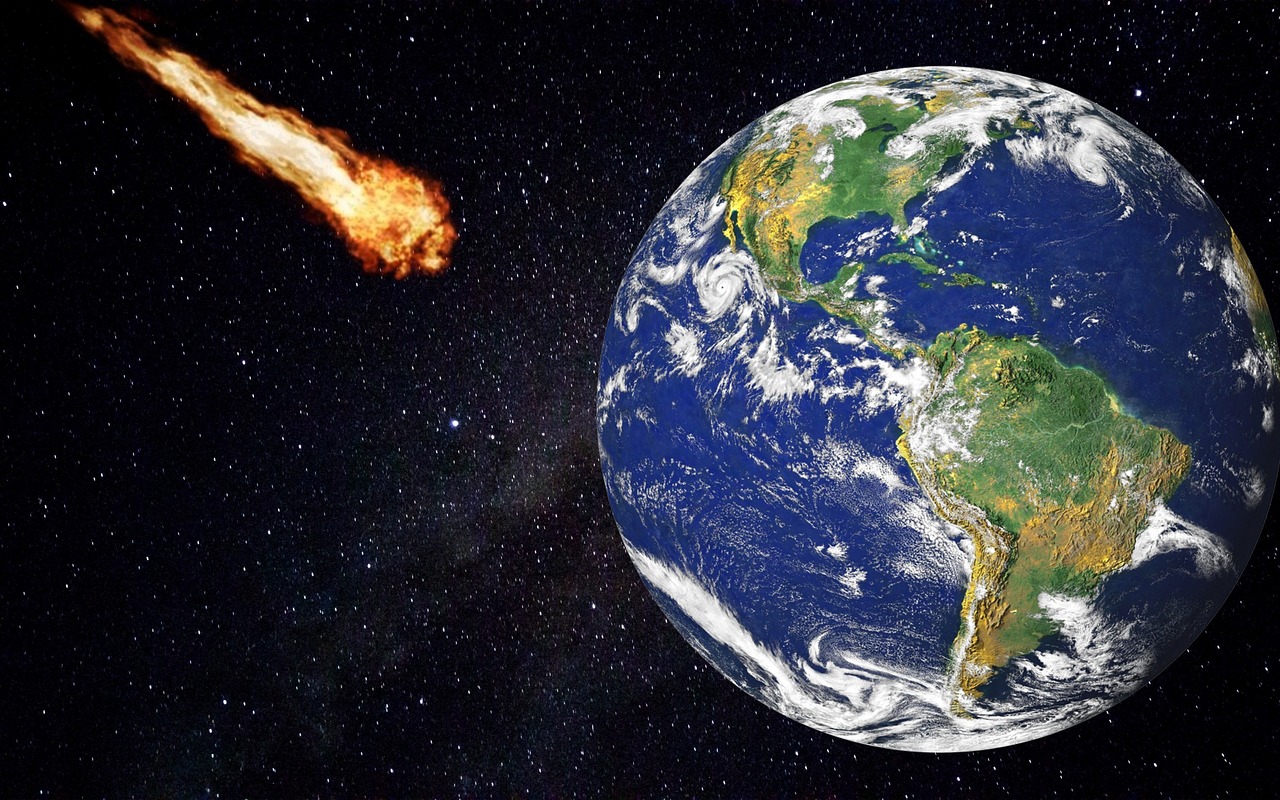
Hollywood loves dramatic extinction scenarios where dinosaurs slowly fade away over extended periods, often showing the last survivors struggling against changing environments. This drawn-out decline makes for compelling cinema but misrepresents the actual speed and cause of dinosaur extinction.
The mass extinction event that ended the dinosaur age happened relatively quickly in geological terms, likely within thousands of years rather than millions. The asteroid impact that triggered this extinction created immediate, catastrophic changes that most dinosaurs couldn’t survive. It wasn’t a gradual decline but a sudden, violent end to their dominance.
The aftermath was equally swift, with ecosystems collapsing and reforming in the geological blink of an eye. While some dinosaur lineages survived to become modern birds, the vast majority of species disappeared within a remarkably short timeframe. This rapid extinction explains why dinosaur fossils appear so suddenly in the geological record.
Dinosaur Intelligence Was Underestimated by Hollywood
Many dinosaur movies portray these creatures as mindless beasts driven purely by instinct, lacking the complex behaviors and intelligence that made them successful for over 160 million years. This oversimplification ignores mounting evidence of sophisticated dinosaur cognition and social structures.
Fossil evidence reveals that many dinosaurs engaged in complex parental care, with some species building elaborate nests and tending to their young for extended periods. Trackways show evidence of herding behavior, coordinated migration patterns, and even possible cooperative hunting strategies among certain species.
Brain-to-body ratios in some dinosaurs suggest intelligence levels comparable to modern birds and mammals. Troodon, for example, had a relatively large brain and may have possessed problem-solving abilities and complex social behaviors. These weren’t the mindless monsters of cinema but intelligent animals that adapted to diverse environments through behavioral flexibility.
The Jurassic Period Wasn’t Actually Jurassic
Most dinosaur movies, especially those with “Jurassic” in the title, mix dinosaurs from completely different time periods as if they all lived together in one prehistoric neighborhood. This temporal mixing creates impossible scenarios where creatures separated by millions of years suddenly become contemporaries.
The famous T-Rex and Triceratops lived during the Cretaceous period, not the Jurassic, meaning they’re as far removed from actual Jurassic dinosaurs as we are from early mammals. Stegosaurus, a truly Jurassic dinosaur, was already extinct for millions of years before T-Rex appeared. These creatures never could have met in the wild.
This time-mixing extends to plant life as well, with movies showing dinosaurs eating flowering plants that didn’t exist during their actual time periods. The prehistoric world was constantly changing, with different ecosystems, climates, and species dominating at different times. Real dinosaur communities were far more temporally specific than Hollywood suggests.
DNA Extraction Was More Fantasy Than Science
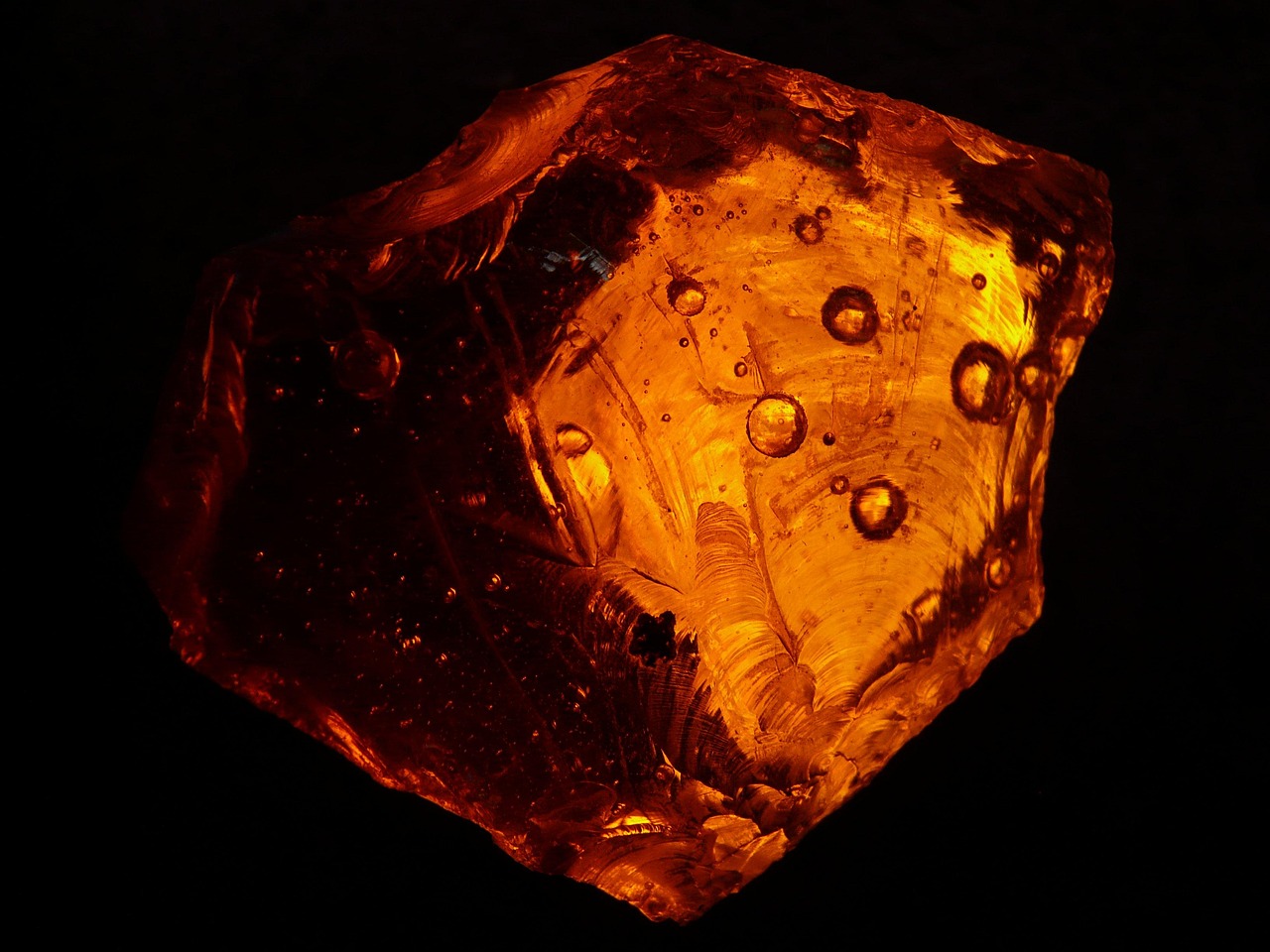
The entire premise of “Jurassic Park” and similar films relies on extracting dinosaur DNA from ancient sources like mosquitoes preserved in amber. While this makes for compelling science fiction, the reality of DNA preservation makes this scenario virtually impossible with current technology.
DNA degrades rapidly under normal conditions, and even under ideal preservation circumstances, it’s unlikely to survive for millions of years. The oldest confirmed DNA samples are only hundreds of thousands of years old, nowhere near the millions needed for dinosaur resurrection. Amber preservation, while excellent for maintaining physical structures, doesn’t guarantee genetic material survival.
Even if dinosaur DNA could be extracted, the missing pieces would be impossible to fill with modern genetic material. The genetic gap between dinosaurs and modern animals is so vast that creating functional hybrid genomes would require technology far beyond our current capabilities. The scientific hurdles make movie-style dinosaur cloning pure fantasy.
Why These Myths Matter More Than You Think
These cinematic misconceptions aren’t just harmless entertainment – they’ve shaped public understanding of paleontology and influenced educational approaches for generations. When movies consistently portray dinosaurs incorrectly, they create false expectations about scientific accuracy and prehistoric life that can persist long after the credits roll.
The power of visual media means that many people’s first and strongest impressions of dinosaurs come from films rather than scientific sources. This creates a challenge for educators and scientists who must overcome deeply ingrained movie myths before introducing accurate information. The entertainment industry’s influence on scientific perception extends far beyond the theater.
Understanding these myths helps us appreciate both the real wonder of dinosaurs and the creative process behind filmmaking. While movies prioritize entertainment over accuracy, recognizing these differences allows us to enjoy cinema while maintaining scientific curiosity about the actual creatures that dominated Earth for millions of years.
The Real Dinosaurs Were More Amazing Than Fiction
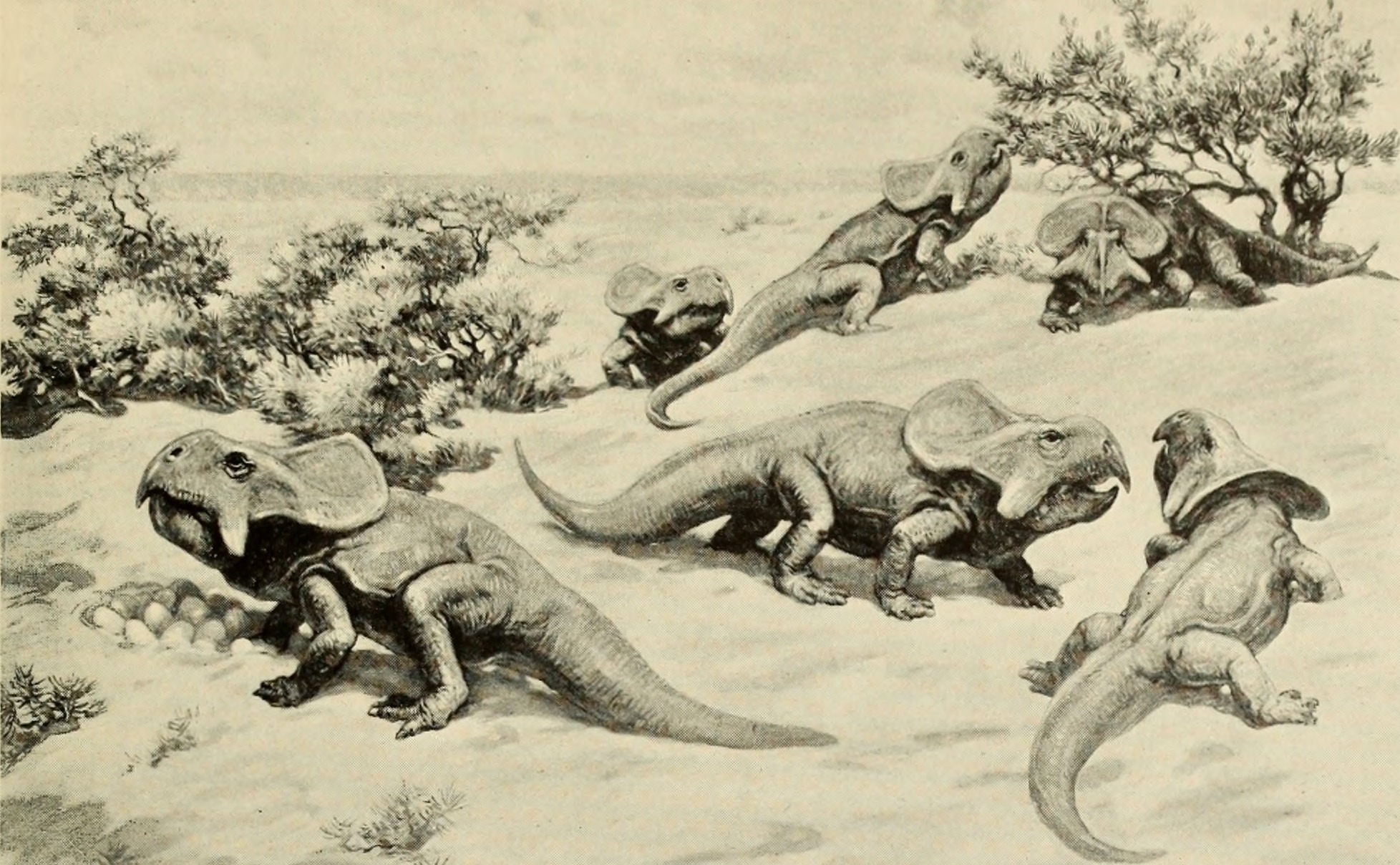
The scientific reality of dinosaurs surpasses any Hollywood creation in terms of diversity, complexity, and sheer wonder. These weren’t simple movie monsters but sophisticated animals that evolved incredible adaptations for survival in changing environments. Their success story spans over 160 million years of evolutionary innovation.
From tiny, feathered predators to massive, long-necked herbivores, dinosaurs developed solutions to environmental challenges that put modern engineering to shame. Their social structures, parental care, and behavioral adaptations reveal a level of complexity that makes them far more interesting than any fictional portrayal could capture.
Modern paleontology continues to revolutionize our understanding of these ancient creatures, with new discoveries regularly overturning long-held assumptions. The real dinosaurs were warm-blooded, often feathered, socially complex, and incredibly diverse – a reality that’s infinitely more fascinating than the movie monsters we’ve grown up watching. What other prehistoric secrets are waiting to be discovered?


